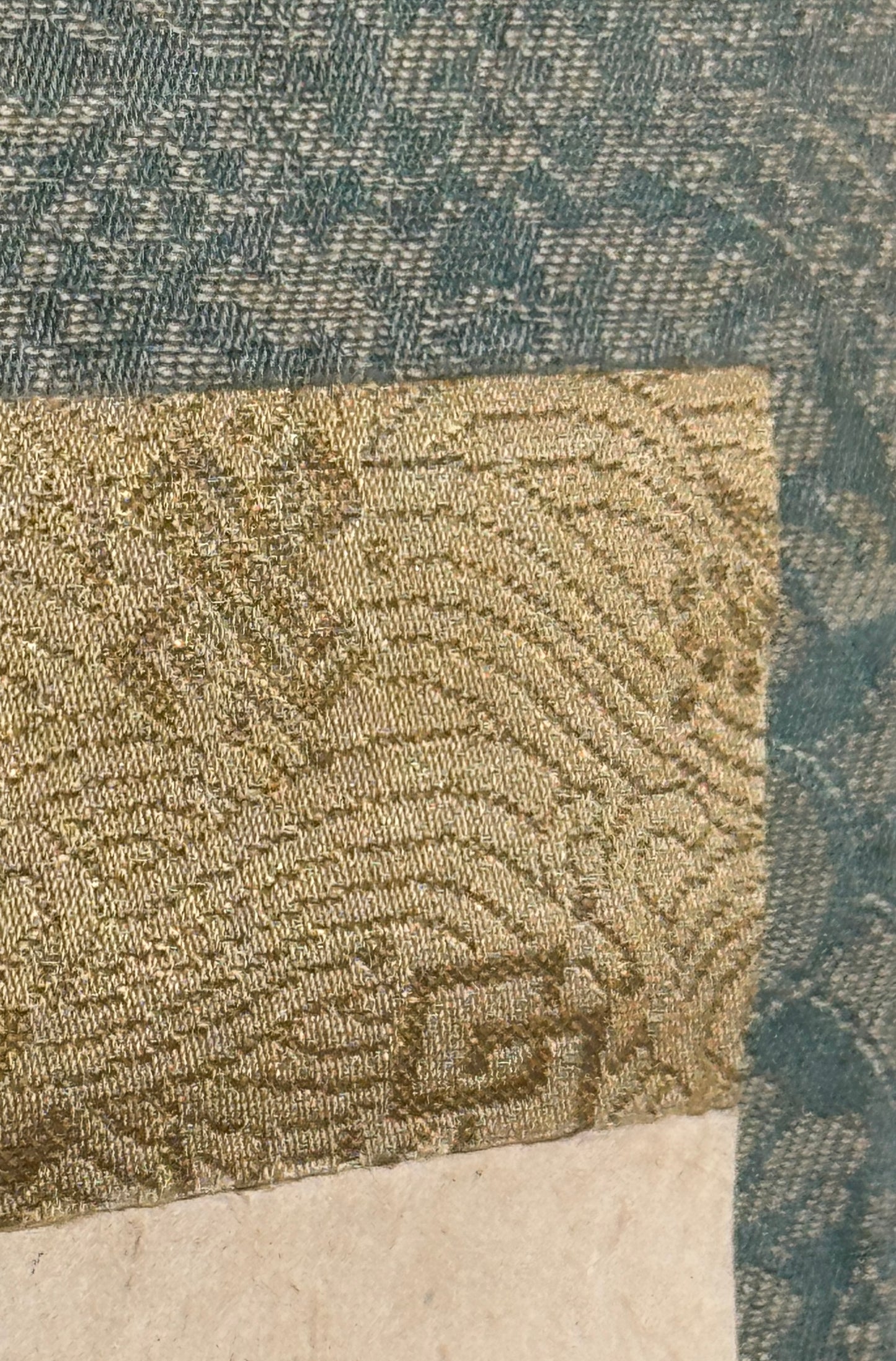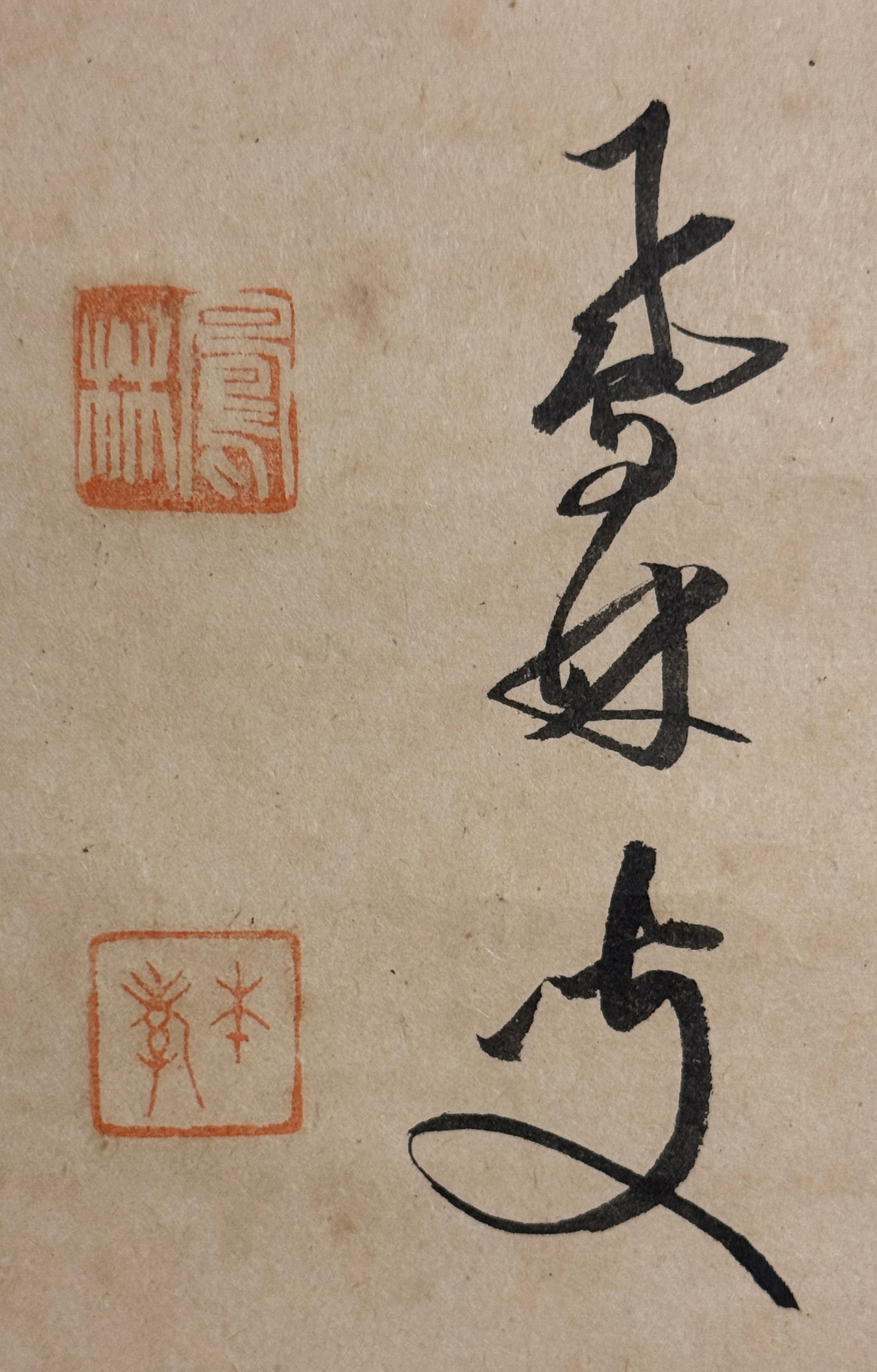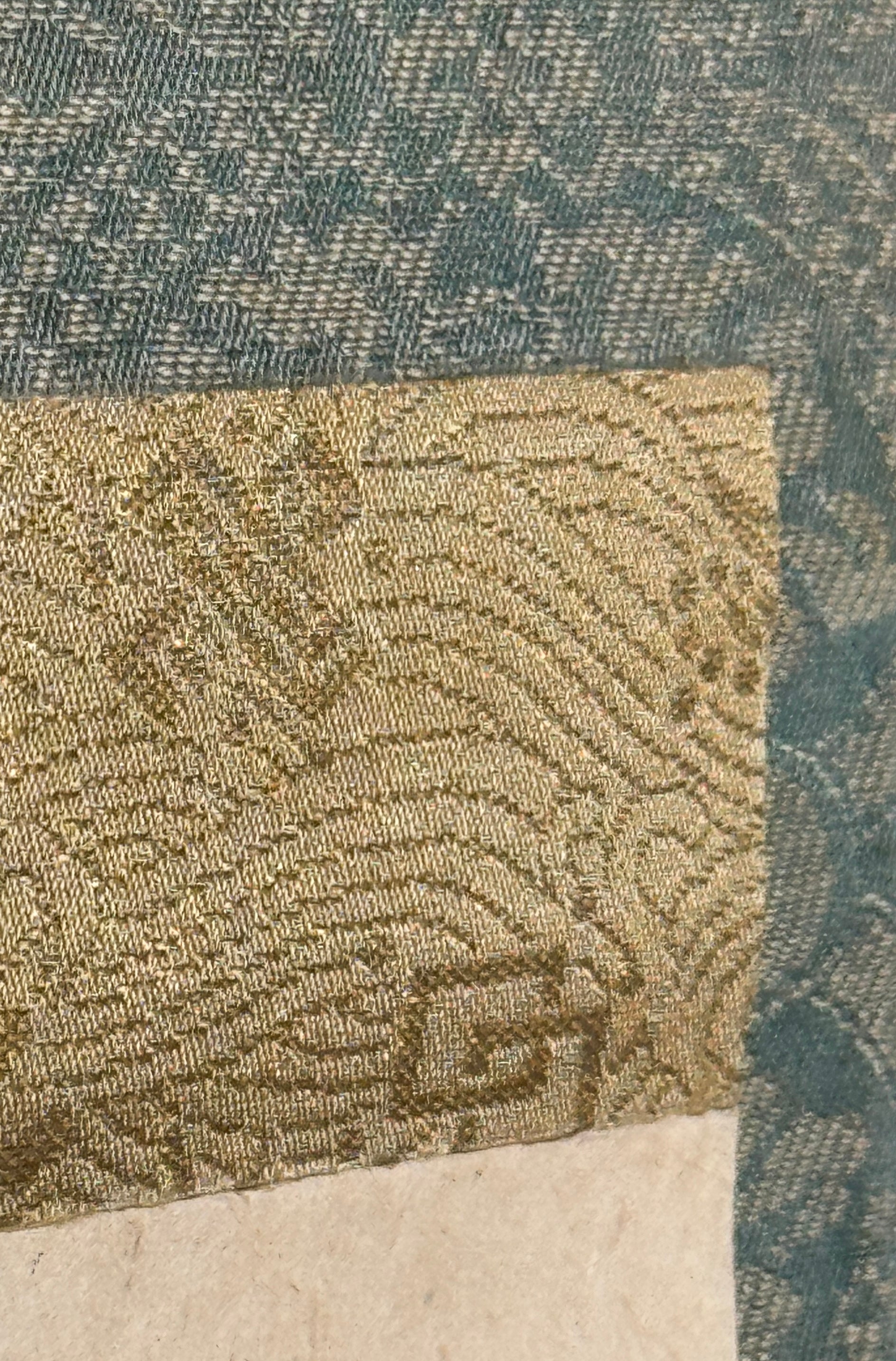Guignard Kyoto Collection
Zen circle | Osaki Honkō 尾崎本孝 | 1874-1944
Zen circle | Osaki Honkō 尾崎本孝 | 1874-1944
Couldn't load pickup availability
Osaki Honkō was a Rinzai priest of the Tōfukuji in Kyoto. He died in the Jikōin in Nara after having devoted considerable effort to rebuilding the Tōfukuji's burned-down teaching hall.
Painting circles is an important concentration and meditation exercise for Zen monks. The fascinating thing about this discipline is the reduction of the message to a predetermined form. But it is precisely the limitation of means that demands the serious circle painter's utmost attention to every aspect and every detail. The format of the sheet is predetermined, which naturally determines the dimensions of the circle. In this circle, the priest-painter uses the sheet in such a way that there is approximately equal distance to the edge on three sides. This provides stability and anchors the form. In order not to burden the format with too much energy due to the relatively large diameter of the circle, the painter deliberately chose a relatively thin line, which makes the "emptiness" that the circle describes particularly palpable.
The rather thin stroke also allowed the artist to use the brush with exceptional sensitivity: he begins at 6 (to use the clock numbers as a means of communicating positions within the circle) with little force and only a moderate amount of ink. The upward movement of the brush through 7 to 11 (which does not correspond to a canonized calligraphic movement) frays slightly. This means that the painter has a light arm – he is weighing things up and preparing for the intensity of the downward movement from 12 (which is a normal brushstroke in calligraphy). At 1 and 2, inner emotion clearly begins to displace cool contemplation – the line suddenly drops almost vertically, and thus, from 4 onwards, one senses increasing tension in the thickening line. The ink in the brush is completely used up, and at 5 the brush even trembles excitedly, until at 6, where it touches the deliberate and light beginning of the ink trace, it leaves the paper forcefully. The three characters on the left 喫茶去 mean “Let us drink tea” (a traditional zen-phrase).








